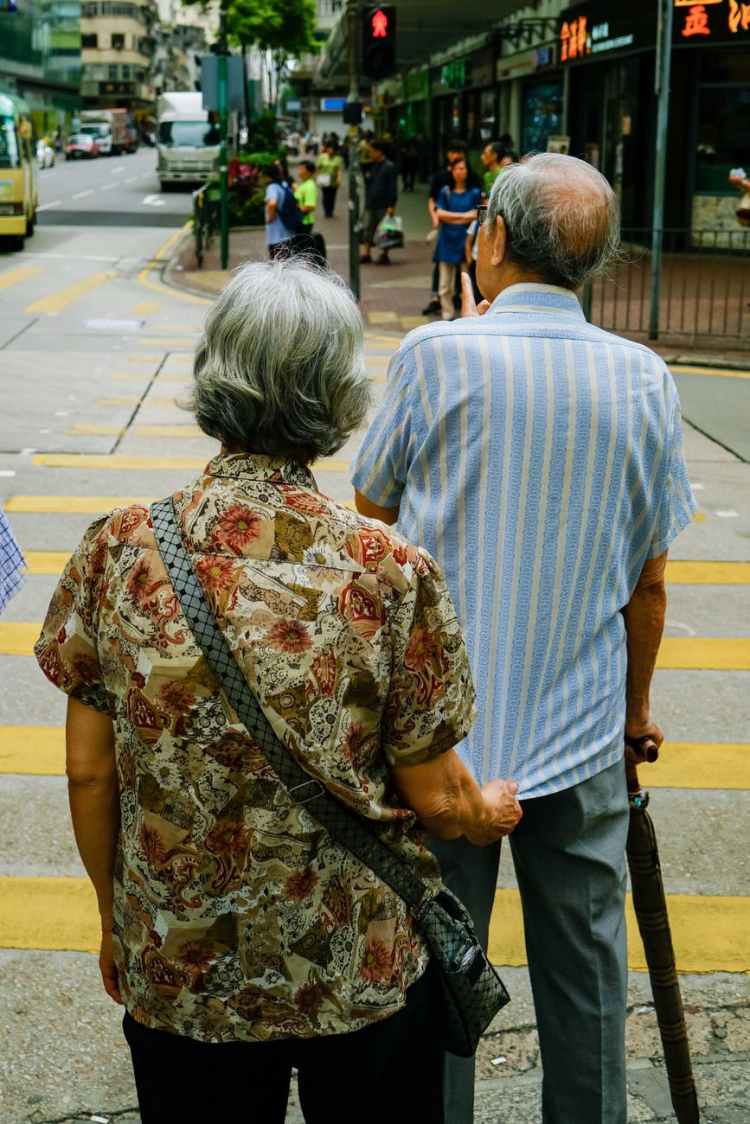Dear readers of The Upside to Aging,
Do you ever feel as if you are in danger while crossing the street? Are the countdown times on crosswalk signals too short, causing you to rush across or risk injury? If so, or even if you know someone who has these feelings, then we feel that this article is extremely pertinent to you. Our names are Nolan Wynkoop, Caleb Watson, and Joe Mintzer, and we are seniors at Ballard High School in Seattle Washington who are working on the capstone project of our four-year engineering class curriculum. This program is called Project Lead the Way, and the courses are focused on preparing secondary students to be the engineers of the future by providing students with a foundation of skills to better enable them to take advantage of further education.
For the final course of the pathway, Engineering Design and Development, we have been tasked with solving a problem that we see in the world around us. For this task, we have chosen to focus on the problem that in the United States, seniors and disabled people are involved in fatal pedestrian accidents at a significantly higher rate than the nationwide average. As a group, seniors are 33% more likely to experience a fatal pedestrian incident, and those who are 80 years or older have a chance more than 50% higher than the average US citizen. Additionally, we feel that this data does not tell the whole story, as it only accounts for those accidents that resulted in death, rather than serious injuries.
In the research that we have done so far, we have realized that while there are many ways that cities work to improve overall pedestrian safety, none of these solutions directly target the people who it affects the most. For example, crosswalk signals that include countdowns are helpful for the average person, but elderly citizens or other potentially visually impaired people may have difficulty seeing the numbers. Furthermore, many crosswalk countdowns do not provide enough time for people whose mobility has been affected by old age or some medical condition.
In our project, our goal is to directly serve those who need it the most, as seniors and disabled people take on a much higher risk while crossing the street than the average American. Over the next few months, we will brainstorm and prototype ideas that would solve this issue, working to protect those in our lives who often cannot protect themselves. But before we can move forward, we need to collect data to determine what is important to those who are at risk, and we hope that you, the readers of The Upside to Aging, can help us do exactly that by taking a minute or two of your time to fill out our short survey on pedestrian safety. Thank you for taking the time to read this post, and we hope that we are able to use the information that we collect from this survey to improve the safety of disabled and senior citizens while they are crossing the street.
Link to the Survey: https://forms.gle/hvFfVtYwXCwW8PCR8
Nolan Wynkoop, Caleb Watson, and Joe Mintzer
- Photo by Jimmy Chan on Pexels.com
